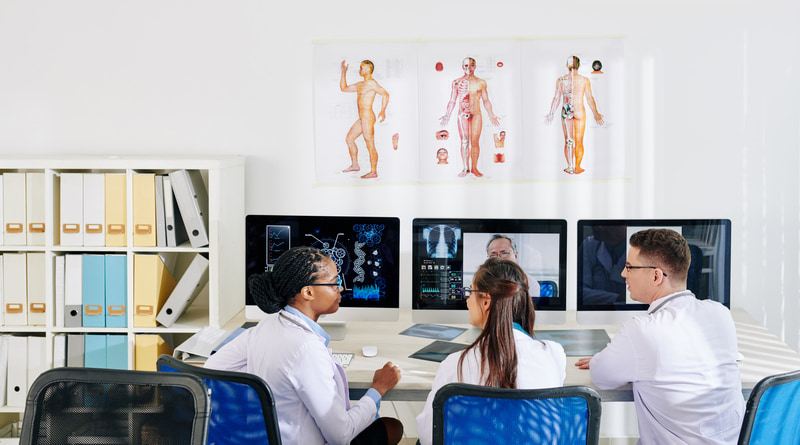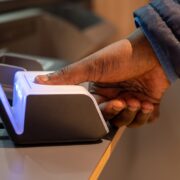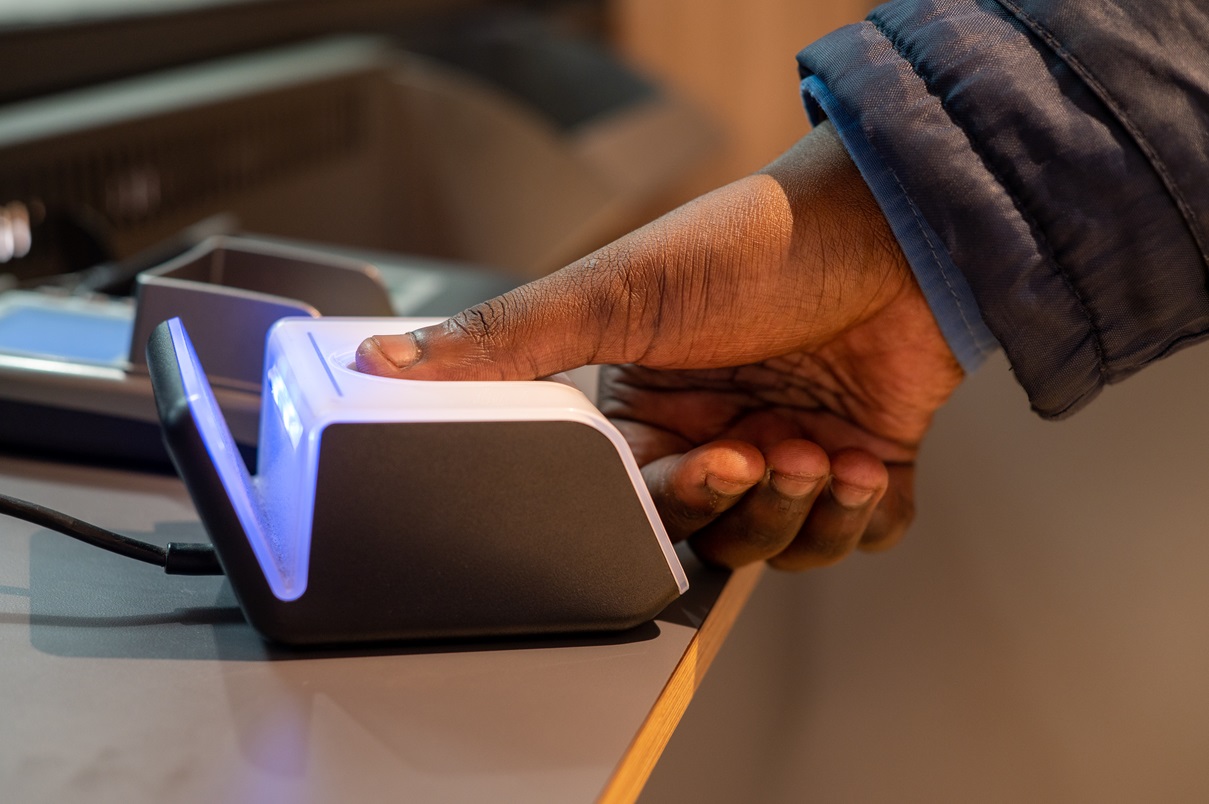The Importance of Time Management When It Comes to Patient Quality of Care

When caring for patients in the medical field, time can be a crucial factor in the overall health and quality of care of an individual. The results of the way in which time is managed by healthcare professionals and all associated staff can have a huge, and often, marked impact on the quality of life a patient and their families may receive. While there are any number of ways in which patient care may be distributed, every task does have the common factor of relation to the speed and efficacy with which those healthcare services are provided.
Some of those means — like scheduling, filling out paperwork or handing out a meal — while not trivial, are certainly not as immediately life-altering assay resuscitation, the stopping of internal bleeding, or fixing a broken bone. Each of those tasks, these moments, technologies, and systems contribute to the day-to-day rhythm and effectiveness of the comprehensive healthcare community of any office or hospital.
Without the attentiveness and management of those factors, the quality of patient care can be significantly affected, hence why time management in patient care is important.
Why Time Management in Patient Care Matters
Though every industry has its own levels of stress and importance associated with the mission or product and time management is important to each in its own way, time management in the healthcare industry is especially important, and perhaps more consistently throughout the course of a day than most other industries. Being that so much of the medical field and healthcare practices are an undulating force of surprises, complications, and complex problems to be solved and managed, the rate and effectiveness to which those matters are attended to makes all the difference.
When combining those factors with the point that healthcare professionals are nearly always managing and balancing multiple responsibilities simultaneously, without a clear head space, the experience, or skill sets to maintain them means that patient care can suffer. One of those skills is the very broad-reaching idea of time management.
Back to Basics: Familiar Time Management Techniques
As with most skill sets, the ones that are more common knowledge are likely the tribe and true methods which have stood not only the test of time, but can be combined with modern ideas, technologies, and techniques to become even more effective than a few years ago.
The following are a few of the familiar but effective ways in which healthcare professionals can improve patient care.
Asking for Help or Delegation
Healthcare is one of those industries where the workload can sometimes be overbalanced. Just like with many schools nowadays, where one teacher alone manages twenty-plus children, healthcare professionals have many different people to take care of. While yes, there are plenty of different tasks and people on various teams that all contribute their part to the overall health of a patient over the course of a hospital stay, there may be one position that has more responsibility or face time than others.
All the little tasks in between, the paperwork, the cleaning, charting, brainstorming for solutions, or just scheduling have to be shared amongst a staff of workers. No matter if someone is in charge or an intern, the ability to recognize and delegate tasks accordingly, share the workload can free up not only brain space to be able to think more clearly in heated situations, but also lower stress levels. This shows itself in more than just the efficiency of task completion but in the atmosphere that makes up an office, room, or hospital wing.
Anyone in a position of experience should do their best to demonstrate this skill with consistency so that others can learn to become confident in their own abilities to ask for help or delegate responsibilities as there is a need.
Setting Predictable Rhythms
Every workplace and job has its own day-to-day flow. The way in which tasks need to be attended to on normal, more manageable days, should be made into a framework by which some manner of predictability can serve as a foundation for efficiency and success week to week. The key here is not to get bogged down or obsessive about accomplishing those regular tasks every day so much as to maintain a level of consistency that encourages stability of effectiveness.
Since, especially in healthcare, things can get crazy and out of control really quickly, being flexible on one day about not finishing one task will be helpful to let certain expectations go. If on Tuesday, most of the day was chaotic because of an influx of new patients, use the next lull as an opportunity to re-align oneself with the rhythm for that time of day trusting that what should have been done three hours prior or Tuesday can be picked up again the following day. Each day then becomes a chance for a reset.


















